Interesting Facts about the 2024 Paris Olympics
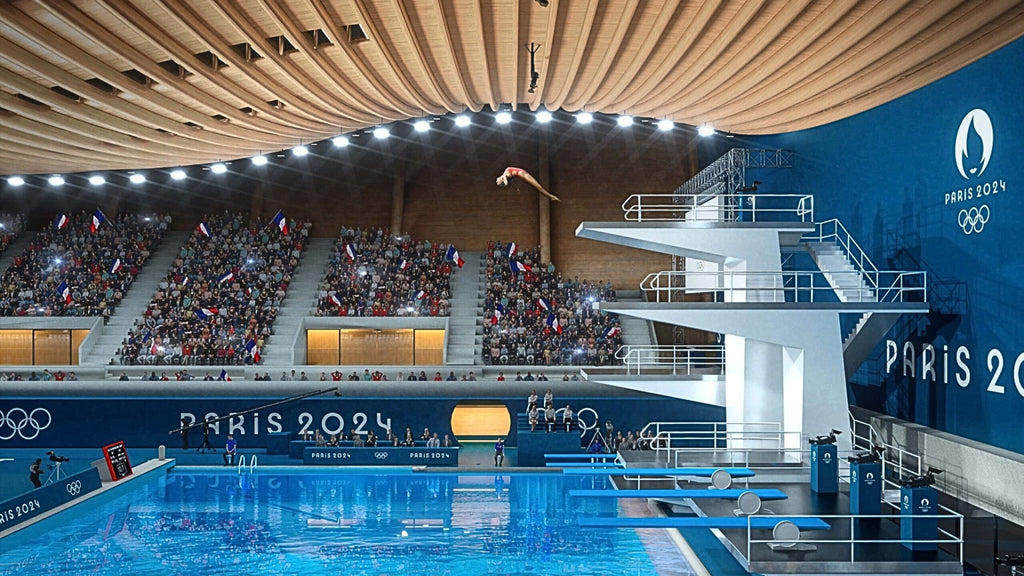
The year 2024, will mark the third time that Paris has hosted the Olympic Games. The first was in 1900 and the last was almost a century ago in 1924. Since then, the world has changed dramatically. Technology has advanced, records have been broken and new champions have been crowned.
In the space of 100 years, some sports have ceased to be part of the Olympic program, while others have been incorporated into the Games. Nowadays, the facilities at the Games are tailor-made to allow athletes to maximise their performance while providing the best possible experience to the fans.
Much has changed through the 20th and early 21st centuries from Paris 1924 to Paris 2024. But these editions of the Olympics are proof of the undeniable importance the French capital has in the world of sports.
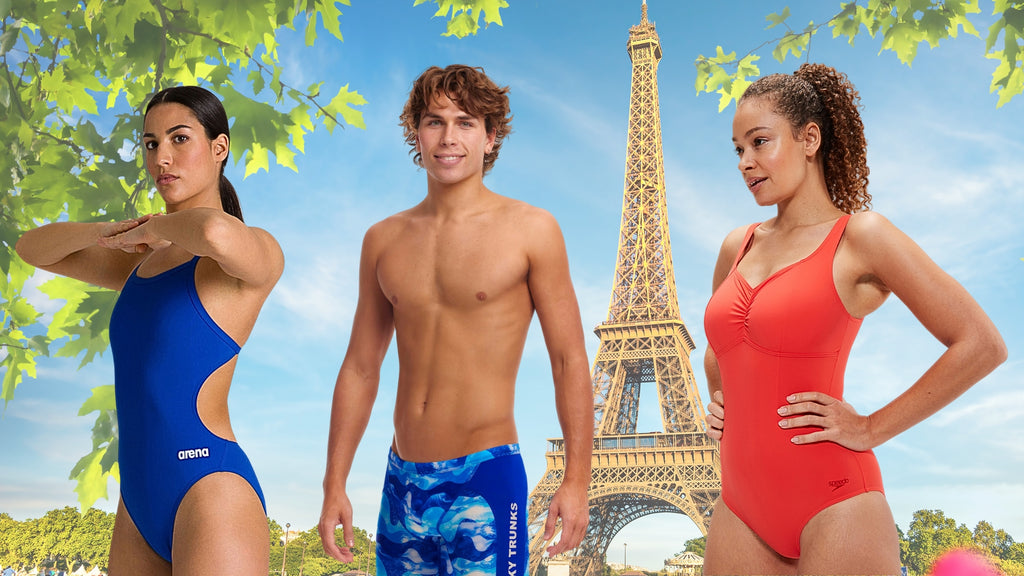
https://www.simplyswim.com/collections/womens-swimwear
https://www.simplyswim.com/collections/mens-swimwear
So what’s new? What remains from 1924? And what differences can we see between now and then? With 500 days to go until the Opening Ceremony of Paris 2024, Olympics.com brings you facts and figures that compare the upcoming Games with those that took place in 1924.
The heart of Paris will serve as a backdrop to the Summer Games as the city’s iconic landmarks are incorporated throughout. Athletes and spectators should expect gourmet, local cuisine from a collaboration of local farmers, chefs and restaurant owners.
The Opening Ceremony will be something that has never been done before while an equal number of male and female athletes are set to compete for the first time in Olympic history.
Here are some facts that make Olympic Games Paris 2024 different from any Olympic Games ever come before.
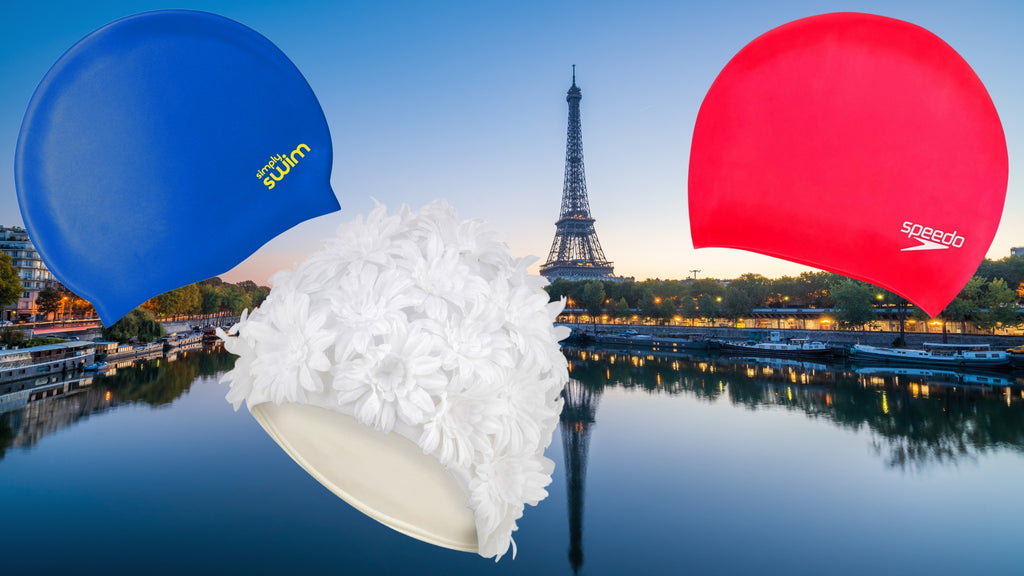
https://www.simplyswim.com/collections/swimming-caps
The First Opening Ceremony of its kind 26 July 2024
Paris 2024 is set to revolutionise the concept of an Olympic Opening Ceremony, over half a million people will watch the Summer Games’ first-ever outdoor ceremony.
With sporting venues scattered across the heart of the French capital, the Opening Ceremony will run through its main artery — the Seine River. Each national delegation will traverse the river on boats, with the 10,500 athletes travelling six kilometres to the world-famous Trocadéro where the final shows will take place.
There will be:
- 1 billion viewers
- 160 boats will take part in the ceremony
- Length of the parade route 6km
- 10,500 athletes, representing 120 heads of state
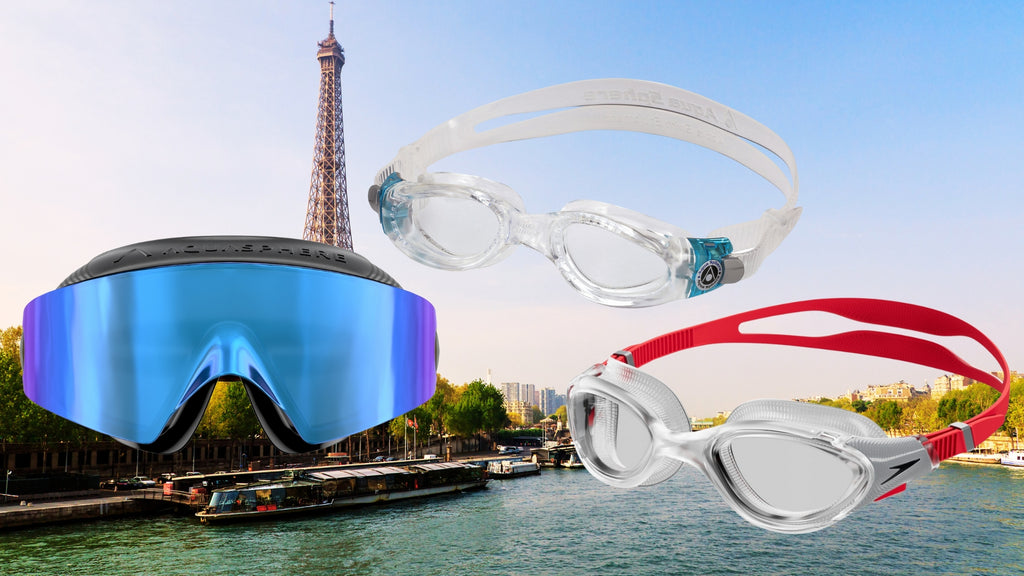
https://www.simplyswim.com/collections/swimming-goggles
A ceremony on the river
Taking on a new guise, the parade of athletes will be held on the Seine, with boats for each national delegation, equipped with cameras to allow television and online viewers to see the athletes up close. Wending their way from east to west, the 10,500 athletes will cross through the centre of Paris, the overall playing field for the Games, which will showcase their sporting prowess over the next 16 days. The parade will come to the end of its 6 km route in front of the Trocadéro, where the remaining elements of the Olympic protocol and final shows will take place.
A ceremony with free admission for many spectators
Holding a ceremony open to a very large audience with no admission fee for most of its spectators, is a major first. Spectators will not need tickets to access the upper quays. Spectators wishing to access the lower quays, from the Austerlitz bridge to the Iéna bridge, will need to purchase tickets. Hundreds of thousands of spectators will be able to attend the festivities along the banks of the Seine. Eighty giant screens and strategically placed speakers will allow everyone to enjoy the magical atmosphere of this show reverberating throughout the French capital. The opening ceremony for the Paris 2024 Summer Olympics will be the largest ever held in the history of the Games. It will be open to all: local residents from Paris and its region, along with visitors from all over France and around the world.
A ceremony designed for and by athletes
Athletes will be the heart and soul of the ceremony. By opening with the parade of the delegations, Paris 2024 is breaking with tradition. Already during the introduction and throughout the ceremony, athletes will be featured on stage alongside the performers, as part of Paris 2024’s constant aim to hold Games created for and by athletes.
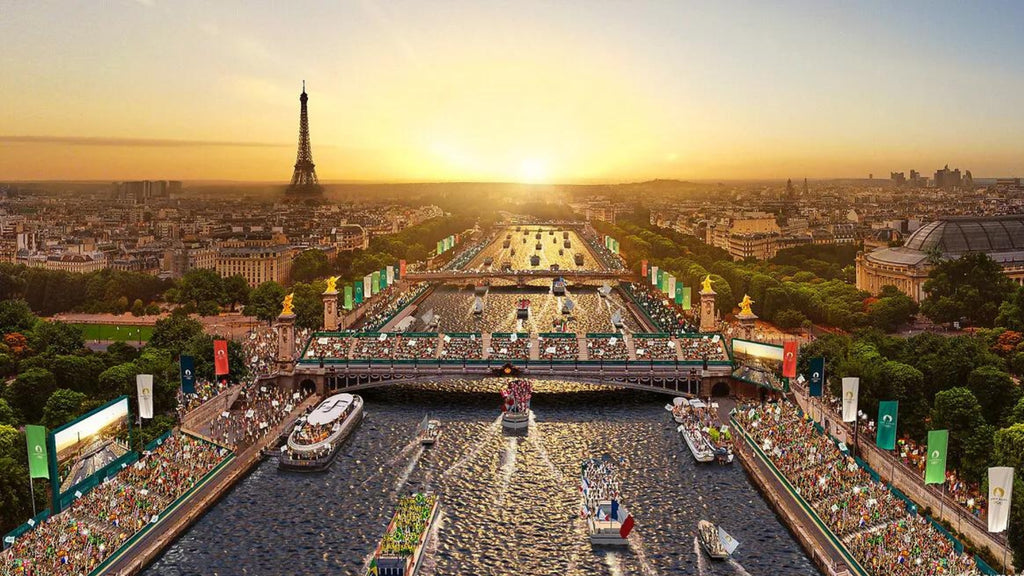
Parade Route
The river parade will follow the course of the Seine, from east to west over a distance of 6 km. It will depart from the Austerlitz bridge, beside the Jardin des Plantes, making its way around the two islands at the centre of the city, the Île Saint Louis and the Île de la Cité, then passing under the eight to ten bridges and gateways. On board, the athletes will get glimpses of some of the official Games venues such as the Place de la Concorde, the Esplanade des Invalides, the Grand Palais, and lastly the Iéna Bridge where the parade will come to a stop before the Trocadéro for the ceremony’s final.

The Aquatics Centre
The Aquatics Centre is the only permanent sports facility to be built for the Paris 2024 Games. In 2024, it will welcome the world’s greatest athletes for the artistic swimming, water polo and diving events.
The Aquatics Centre will be low-carbon and all the building materials will be bio-based. Its timber structure and roof frame are thought out to blend seamlessly into the surrounding greenery.With a 5,000 sqm roof covered with photovoltaic panels, it will be one of France’s largest urban solar farms and supply all the energy that the Centre needs.
Capacity: 5,000 people
From swimming lessons to recreational use and high-level competitions, the Aquatics Centre will be multifunctional. From July 2025, the Aquatics Centre will become a vast multi-sports facility open to all, including two pools of 50m and 25m a fitness area, a bouldering area, paddle tennis section and pitches for team sports. It will also have an adjustable floor to serve a variety of purposes (swimming lessons for babies, children, etc.). The Aquatics Centre will also be the state-of-the-art facility that the French swimming community has been looking forward to for decades. The French Swimming Federation will be able to host national and international competitions in its four indoor disciplines. The Centre will also provide a best-in-class federal training facility for leading French athletes, and will notably be home to the country’s diving centre.
Types of swimming
Professional swimmers typically compete in a 50m “long course” swimming pool, or a 25m “short course” pool. There are only long course events at the Olympic Games.
The four strokes swimmers may use in all races are freestyle, backstroke, breaststroke, or butterfly.
Marathon swimming is a separate Olympic discipline, where athletes compete over long distances in open water environments (for example rivers, lakes and the sea) using only freestyle.
How many athletes will compete in swimming at Paris 2024?
A total of 852 athletes will compete in swimming at Paris 2024 with a maximum of 26 quotas for men and 26 for women available to each NOC (National Olympic Committee). For both the men’s and women’s competitions, each NOC will be eligible for a maximum quota of two athletes per individual event and one relay team per relay event.
So book your ticket on Eurostar and make your way to one of the most iconic cities in the world, Paris for your historical Olympic adventure!
https://www.paris2024.org
photos credit: www.paris2024.org
 Free Tracked UK Delivery
Free Tracked UK Delivery Hassle Free Returns
Hassle Free Returns Next Working Day OPTION
Next Working Day OPTION Found It Cheaper?
Found It Cheaper?













